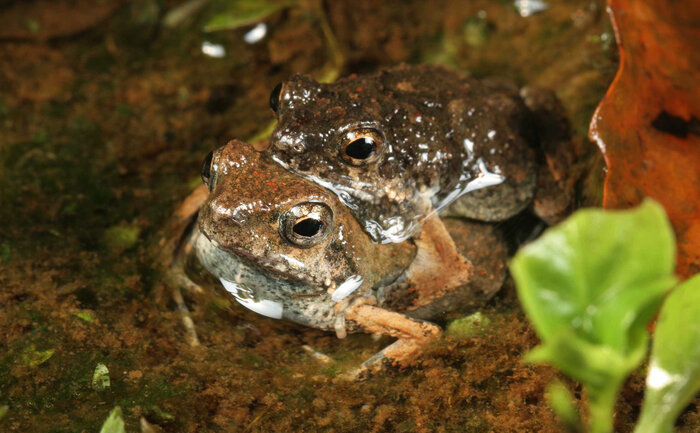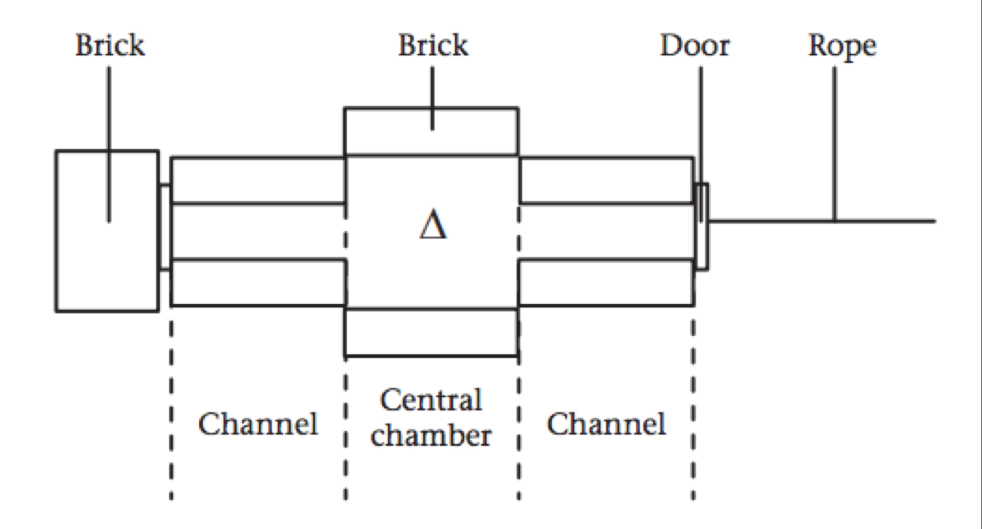
As Charles Darwin was the first to document, the behavior, physical features and sexual activities of species. These observations can frequently be understood through the lens of thousands or even millions of years of natural selection. Random genetic changes arise and organisms become “mutated,” so to speak. In turn, organisms with the best-suited characteristics for their environment (which of course, can also change and set things back to square one!) are more likely to survive and continue to reproduce and populate their current environment.
Most people tend to associate these adapted characteristics with the famous beaks of Darwin’s finches, or maybe the hilariously long necks of giraffes. But one often overlooked feature is the brain. The control center of behavior, albeit quite enigmatic in how it operates, functions due to the coordinated firing of many small units known as neurons. The characteristics of the brain that are most interesting to me are cognitive abilities, specifically, the abilities of learning and memory. Superior learning and memory abilities may be selected for within a species for various reasons. For instance, the black-capped chickadee (Poecile atricapilla) can be found all over North America, from Alaska to Colorado. When birds from these areas were behaviorally assessed and their brains were compared, it turned out that birds from Alaska were more efficient at hiding and finding food, in addition to having larger hippocampi – the area of the brain responsible for long-term memory (Pravosudov & Clayton, 2002, Croston et al. 2015). What’s the proposed reason for this? Alaskan birds needed to be better than Coloradan birds at saving food during the summers then finding it later to survive their longer winters (Pravosudov & Clayton, 2002, Croston et al. 2015).
These differences in brainpower aren’t just explained by food hoarding habits though! They can also be observed in the polygamous meadow voles (Microtus pennsylvanicus). Males exhibit an increased ability for spatial memory over females likely due to their breeding behavior. The promiscuous males greatly expand their home ranges in order to seek out and breed with a multitude of females (Gaulin & FitzGerald, 1989). As expected, male voles have comparatively larger hippocampi than female voles (Jacobs et al., 1990) and perform better on spatial memory tasks (Gaulin, FitzGerald & Wartell, 1990).
As these natural ecological differences within species are recognized, it continues to provide credence to the idea that learning and memory skills can adapt within species while most other characteristics remain the same. This idea led to the túngara frog (Physalaemus pustulosus), whose mating behaviors rely solely on the female’s assessment and choice of males. While males remain stationary in a breeding pond and produce breeding calls, females visit multiple males before ultimately deciding on a mate (Ryan, 1985). In turn, females that are able to better recall the locations of particular males in a pond will be more successful in finding the best possible male (Ryan, Akre, & Kirkpatrick, 2009). These frogs have had to mate for millions of years and certain characteristics have become selected for within the species. It makes sense that female túngara frogs have adapted to have greater spatial memory and cognitive abilities than males. But do carefully controlled learning experiments justify this claim?
Since we can’t go back and observe this process happening over the many millions of years, the next best option is to attempt to gauge for ourselves whether or not this theory may be valid. Unsurprisingly, it is not a simple task to assess memory and cognitive abilities in animals with brains that are smaller than a pea. The first experiments done to test this utilized the simplest possible method in order to see if frogs could distinguish between two colors to learn how to escape a two-arm maze (Liu & Burmeister, 2017).
The purpose of this experiment was to train frogs to associate the reward of exiting a bright and arid maze (not an idea environment for a nocturnal rainforest habitat!) with the red door that allowed them to exit the maze and return to their shaded enclosure. Results showed that although female frogs learned to exit the maze using the red door, male frogs didn’t respond to the color of the door at all, instead preferring to rely on turning either right or left, and performing as well as females when they were able to use these turning cues to turn the same direction in consecutive trials.

That’s confusing – males can only remember how to turn left or right but ignore colors? Does this mean that females can learn better after all? Seeking to explain that question, I replicated this original experiment for my thesis research, using twice as many frogs and removing the ability to use turn cues at all. Instead, frogs were released in a random orientation for every single trial. As expected, the frogs learned to exit the maze, but unexpectedly, both males and females alike learned the maze at the same rate of success. It seemed that male frogs were in fact not ignoring the colors at all, but perhaps simply reluctant to pay attention to colors if they were able to simply turn left or right and remember their last turn direction.
Although I saw that males and females could demonstrate their ability to learn a simple color association, a strange pattern emerged in my experiment. In training half of my frogs to use the red door and the other half to use the yellow door, it seemed that the frogs trained to the red door were more successful than their yellow door brethren. I sought to address this bias in a follow up experiment by removing colors entirely and instead utilizing monochromatic patterns. Although frogs are known to be able to see black and white, it seemed that the chosen patterns were not distinct enough for the frogs, and they failed to show evidence of learning.
Something that a lot of people don’t realize about science is how many failures could possibly be hiding behind the triumphant headline of a successful result. Despite the questions of whether or not there is a sex difference in the ability to learn in túngara frogs, it is clear at this point that the distinction is not as cut and dry as it was once thought to be. Follow up experiments will aim to elucidate the differences between male and female túngara frogs, by continuing to seek possible answers (or maybe produce more questions…) using improved black and white cues, auditory cues, and removing all cues but turning cues. Although our understanding of how evolutionary mechanisms can alter the attributes and abilities of the brain is still in need of significant contributions, these experiments show that even without access to a DeLorean, it is still possible to work towards elucidating our evolutionary past.
Peer edited by Emma Hinkle.
Follow us on social media and never miss an article: